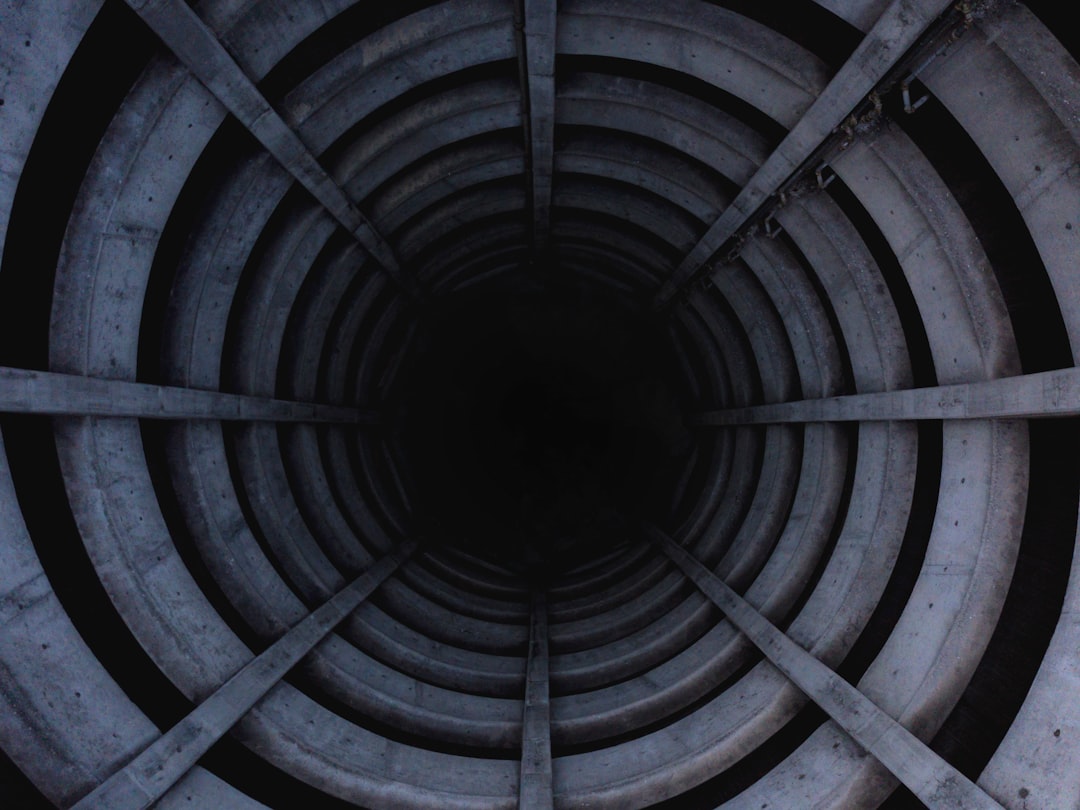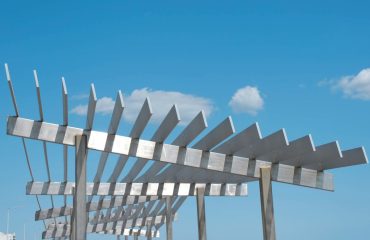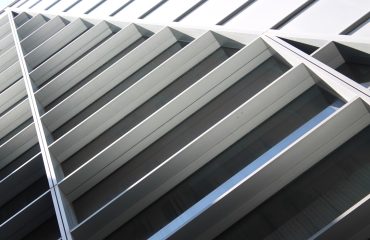body { font-family: sans-serif; line-height: 1.6; }
h1, h2, h3 { color: #333; }
img { max-width: 100%; height: auto; }
Cogeneration systems, also known as combined heat and power (CHP) systems, are crucial for efficient energy production. These systems simultaneously generate electricity and useful heat, maximizing energy utilization and minimizing waste. While the efficiency of a cogeneration plant relies on various components, the choice of materials, particularly steel, plays a pivotal role in its long-term performance, durability, and cost-effectiveness. This post delves into the critical aspects of steel selection and its impact on the success of cogeneration systems.
Choosing the Right Steel Grade for Cogeneration Systems
The selection of steel grade is paramount, as it directly impacts the system’s lifespan and operational efficiency. Several factors influence this choice, including operating temperature, pressure, and the presence of corrosive agents. Commonly used steel grades include:
- Carbon Steel: A cost-effective option for lower-temperature applications, but its susceptibility to corrosion limits its use in high-humidity or chemically aggressive environments. Regular maintenance and protective coatings are essential.
- Low Alloy Steel: Offers improved strength and corrosion resistance compared to carbon steel, making it suitable for a wider range of operating conditions. Specific alloying elements enhance properties like yield strength and creep resistance at elevated temperatures.
- Stainless Steel (Austenitic and Ferritic): Excellent corrosion resistance, particularly in high-temperature and high-pressure environments. Austenitic grades like 304 and 316 are widely used, offering superior ductility and weldability. Ferritic grades are known for their high strength and lower cost.
- Heat-Resistant Steels: Specifically designed for high-temperature applications, these steels exhibit exceptional creep resistance and oxidation resistance at elevated temperatures, crucial for components operating near or above 500°C (932°F).
The specific grade will depend on the individual components of the cogeneration system and their operating parameters.
Corrosion Resistance: A Critical Factor in Steel Selection
Cogeneration systems often operate in environments prone to corrosion. Water, steam, combustion gases, and potentially aggressive chemicals can all contribute to material degradation. The choice of steel must prioritize corrosion resistance to ensure the system’s longevity and prevent costly repairs or replacements. Factors influencing corrosion include:
- Environment: The presence of oxygen, moisture, and corrosive chemicals significantly impacts corrosion rates.
- Temperature: High temperatures can accelerate corrosion processes.
- Stress: Stress concentrations can initiate and accelerate corrosion.
Protective coatings, such as paints, galvanizing, or specialized coatings, are often employed to enhance corrosion resistance. Stainless steels, with their inherent corrosion resistance, are preferred in harsh environments.
High-Temperature Properties and Creep Resistance
Many cogeneration systems operate at high temperatures, where creep – the slow deformation of material under sustained stress – becomes a critical concern. Steel’s ability to withstand high temperatures and resist creep is crucial for maintaining the structural integrity of pressure vessels, heat exchangers, and other critical components. Materials with high creep strength, such as certain low alloy steels and heat-resistant steels, are selected to ensure long-term operational safety.
The design of components also plays a vital role in mitigating creep. Careful consideration of stress levels and temperature gradients during the design phase is crucial for preventing premature failure.
Manufacturing Considerations and Weldability
The manufacturing process significantly influences the final properties and cost of the cogeneration system. Steel’s weldability is a critical aspect, as many components require welding during assembly. The chosen steel grade must exhibit good weldability to ensure the integrity of the welded joints. Factors impacting weldability include the steel’s composition, pre-heating requirements, and the welding process itself.
Advanced manufacturing techniques, such as laser welding and robotic welding, are often employed to improve weld quality and efficiency. Proper quality control procedures, including non-destructive testing (NDT) of welds, are essential to guarantee the structural integrity of the cogeneration system.
Cost-Effectiveness and Lifecycle Analysis
While initial cost is a factor, a lifecycle cost analysis is crucial for evaluating the overall economic viability of different steel choices. This analysis considers the initial material cost, manufacturing cost, maintenance cost, and the system’s lifespan. While a more expensive, high-performance steel may have a higher initial cost, its superior corrosion resistance, creep strength, and longer lifespan can result in lower overall lifecycle costs. A thorough analysis helps optimize the balance between initial investment and long-term operational savings.
Careful consideration of factors like maintenance schedules, potential downtime, and replacement costs contributes to a comprehensive lifecycle cost assessment.
In conclusion, the selection of steel for cogeneration systems is a critical decision that significantly impacts the system’s performance, durability, and economic viability. Careful consideration of steel grade, corrosion resistance, high-temperature properties, manufacturing considerations, and lifecycle costs is essential for ensuring the long-term success and efficiency of these vital energy production systems.
Tags: Cogeneration, Steel Selection, CHP Systems, Corrosion Resistance, High-Temperature Steel, Combined Heat and Power, Steel Grades




